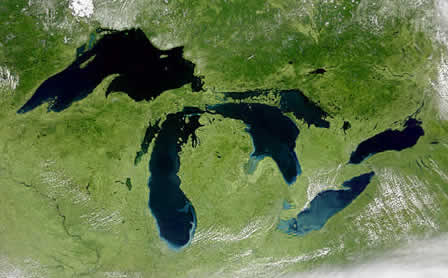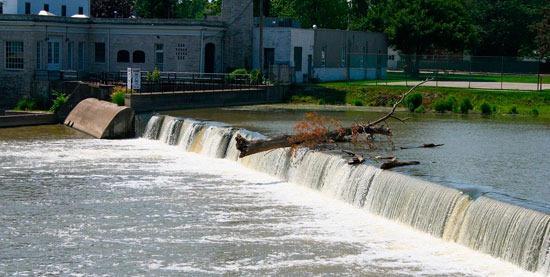The Great Lakes’ Largest Research Vessel: Lake Guardian (Video)
1Lots of vessels are used for research on the Great Lakes, but one stands out as the largest: the U.S. EPA’s Lake Guardian. The ship usually makes scientific missions from April through October of each year after the lakes have thawed.
The 180-foot long vessel is equipped with equipment like onboard CTD (conductivity, temperature, depth) sensors, plankton nets and box corers for taking sediment samples. An onboard benthic sled can also be used collect invertebrates from lake beds.
The Lake Guardian also features extensive lab space as a permanent part of the ship. A biology lab is mostly used for assessing chlorophyll a, phytoplankton and zooplankton. Chemical measurements take place in a separate area and a multipurpose laboratory is primarily used to assess water quality parameters like pH, turbidity, conductivity or dissolved oxygen.

The R/V Lake Guardian. (Credit: Flickr User Michael Pereckas via Creative Commons)
The ship’s instruments and facilities have been used in studies on phytoplankton, nutrient loads, currents, etc. They also serve as training grounds for middle and high school science teachers.
Video: Benthic Sled on the Lake Guardian (Credit: YouTube User RVLakeGuardian)














[…] quest to learn more about Lake Erie’s issues is made possible by the extensive monitoring tech on the Guardian’s decks, operated by 13 scientists and an 11-man crew. As the Great Lakes’ largest research vessel, […]